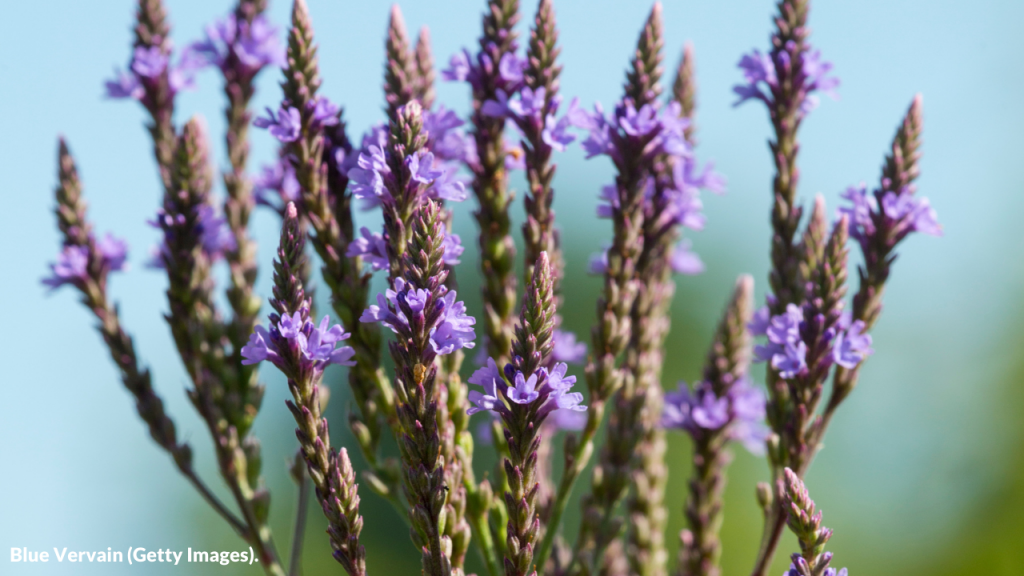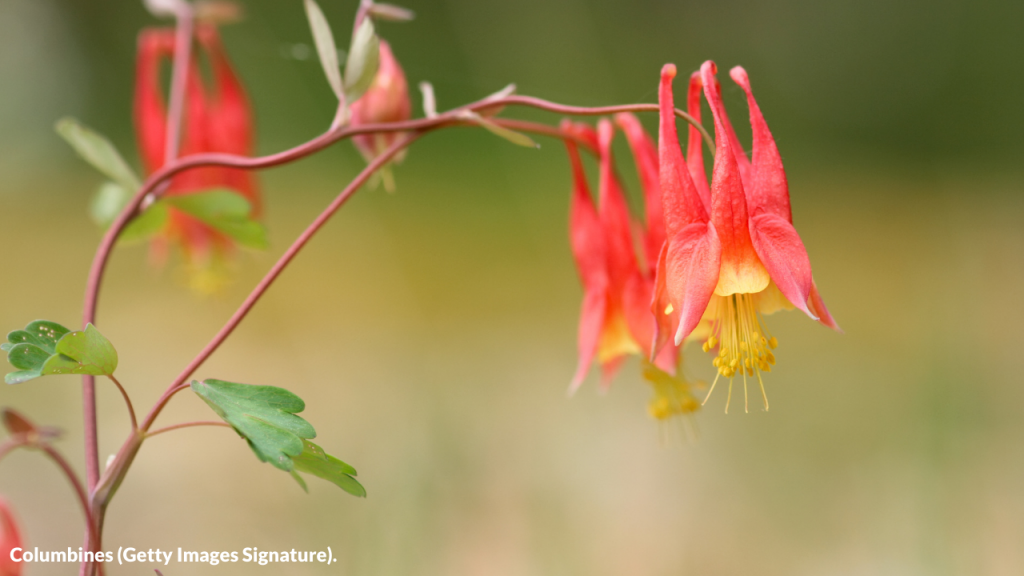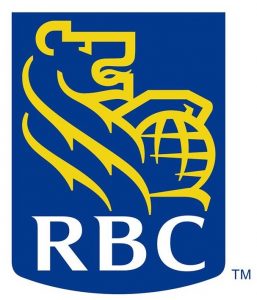One of the best things about creating a pollinator garden is the diversity of beauty that can be included! However, not all pollinator gardens welcome the same diversity of species. Bees are the most important and common pollinator type, with over 800 species in Canada! Luckily everyone’s favourite gentle friend the bumblebee is not only cute, but a native species as well. Be sure to respectfully admire the females who can sting multiple times unlike the non-native honeybee.
Bees typically prefer open flowers with easily accessible pollen. A good choice of wildflower to support your local bee population is a native Vervain species, such as Blue vervain or Hoary vervain. These wildflowers have beautiful slender purple buds and purple flowers that are favoured by bees and butterflies alike throughout the summer months.

Similar to bees, butterflies and some moths are highly attracted to purple and cool-toned flowers. Unlike bees, butterflies have a tongue that allows them to access deeper flowers, and nectar. In addition to these needs, butterflies also require certain wildflower species to host their caterpillars. You hve probably heard about Monarch butterflies and Milkweed – Milkweed species, such as Common Milkweed and Butterfly Milkweed provide important habitat and food for many butterflies and moths. They are also low maintenance, flower into beautiful pink-toned bells throughout the summer, and keep unwanted bugs at bay! Make sure not to let anyone but the butterflies ingest it as it is both unpleasant to taste and toxic in large quantities.
Moving over to the largest pollinators in Canada, let us talk about hummingbirds! They are another example of fascinating tongue history as the length is so long it has to coil around their skull. Due to this long tongue, hummingbird species prefer flowers with depth, such as bell and trumpet shapes. A great wildflower family for this is Columbines, including Yellow Mountain Columbine, Western Columbine, and Wild Columbine. Other native species such as Harbell Campanula is a great option for bees and hummingbirds, as well as looking just lovely all summer and into early fall.

When planning your pollinator garden, try to make your flower choices as diverse as possible. Choosing differing heights, colours, shapes, size flowers, and bloom time will help ensure there is something for every pollinator who needs it! Regardless of diversity, all the native wildflower species you plant in your garden will help to support your local pollinator populations. Check with your local eco-region guide for information on native species and suggested plantings. You can also use our Native Plant Database to show you the wide diversity of native plant species well suited for your area, including wildflowers.
Another important way to support pollinators is through maintaining a healthy environment past the garden boundary. Pollinators are incredibly sensitive to the use of pesticides, herbicides, insecticides, and other outdoor chemicals. Beyond pollinators, these chemicals are often harmful for aquatic species and bird species. Methods like companion planting can help control unwanted insect species. Where more environmentally-friendly options are not possible, please ensure to use and store your lawn care products responsibly.
Additional Resources
Pollinator Garden sketch infographic
***

This blog post is part of an education and engagement series that is generously funded by the RBC Foundation through RBC Tech for Nature, a global, multi-year commitment to support new ideas, technologies, and partnerships to address our most complex environmental challenges. To learn more about Watersheds Canada’s project that is funded through RBC Tech for Nature, please read this media release.

